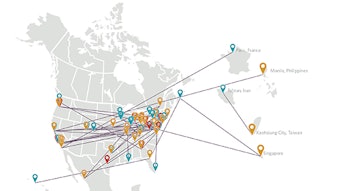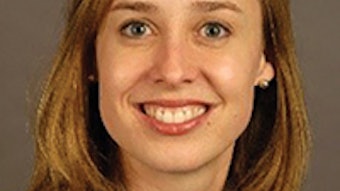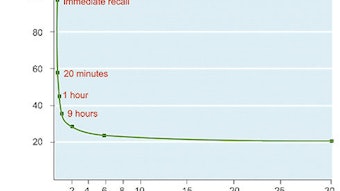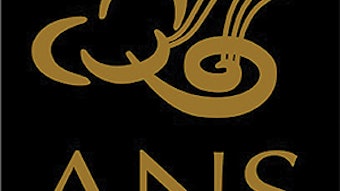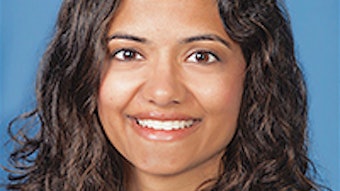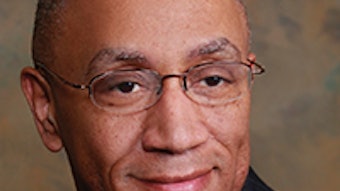From the Education Committees – Treatment Modalities for Ménière’s Disease
Ménière’s disease (MD) is one of the most common causes of vertigo. It typically affects people between the ages of 40 and 60 years old but can impact anyone at any age. Symptoms include vertigo, hearing loss, tinnitus, and aural fullness. While MD usually starts confined to one ear, in 10-50% of patients it extends to involve both ears over time (Stahle, Silverstein).
Marc L. Bennett, MD, for the Otology & Neurotology Education Committee
Ménière’s disease (MD) is one of the most common causes of vertigo. It typically affects people between the ages of 40 and 60 years old but can impact anyone at any age. Symptoms include vertigo, hearing loss, tinnitus, and aural fullness. While MD usually starts confined to one ear, in 10-50% of patients it extends to involve both ears over time (Stahle, Silverstein). Hearing loss is often intermittent at first, occurring mainly around the attacks of vertigo, but over time patients usually develop a low frequency hearing loss which is progressive in nature.
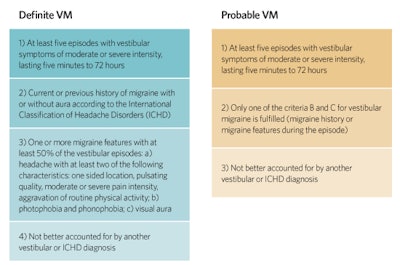
More recently, a lot of attention has been paid to the increased prevalence of migraines in patients with MD. Kuritzky was the first to report more vestibular symptoms in classical migraine patients compared to controls and hinted at a link to MD. Vestibular migraine (VM) then became an emerging diagnosis for vestibular symptoms in patients with current or previous headaches with migraine characteristics. Neuhauser introduced the first criteria to define the disease, and in 2012 the International Headache Society (IHS) and The Bárány Society created criteria for both definite VM and probable VM as seen above.
Both MD and VM present with episodic vertigo, and distinguishing between both can be challenging. Duration of attacks is often different. While vertigo in VM may last longer than 24 hours and persistent imbalance after attacks can last for many weeks, vertigo from MD lasts only 20 minutes to 12 hours. Other symptoms pointing toward VM would include photo- or phonophobia, lack of sensorineural hearing loss, and history of migraines, as well as history of motion intolerance. While patients may have either disease, a larger percentage of patients have an overlap or combination of the two diseases. Ghavami et al found almost 50% of patients with MD had VM. Two recent studies evaluated the overlap and found VM showed statistically significant lower age of onset, less tinnitus, aural fullness and hearing loss, more vomiting, headaches, aura, and photophobia (Neff). Most otolaryngologists note that the absence of any abnormality on caloric testing and the lack of hearing loss would exclude a diagnosis of MD. Differentiating between the two diseases remains a diagnostic dilemma. There is no single balance test that was able to adequately separate MD and VM (Neff) but the diagnosis of VM is more plausible when patients lack the otologic symptoms of hearing loss, increased tinnitus, and aural fullness during an attack. Because there is significant overlap between the two diseases, it is important to consider treating both in patients with refractory or uncontrolled symptoms.
References
- Stahle J, Friberg U, Svedberg A. Long-term progression of Ménière’s disease. Acta Otolaryngol 1991; 485: 78-83.
- Rosenberg S, Silverstein H et al. Bilateral Ménière’s disease in surgical versus nonsurgical patients. Am J Otol. 1991; 12(5): 336-40.
- Boles R, Rice D et al. Conservative Management of Ménière’s disease: Furstenberg regimen revisited. Ann Otol Rhinol Laryngol. 1975; 84: 513-7.
- Kuyritzky A, Toglia UJ, Thomas D. Vestibular function in migraine. Headache 1981; 21:3: 110-12.
- Neuhauser H, Leopold M et al. The interrelations of migraine, vertigo, and Migrainous vertigo. Neurology. 2001: 56(4): 436-41.
- Lempert T, Olesen J et al. Vestibular Migraine: diagnostic criteria. J Vestibu Res. 2012; 22(4) 167-72.
- Neff BA, Staab JP et al. Auditory and vestibular symptoms and chronic subjective dizziness in patients with Ménière’s disease, vestibular migraine, and Ménière’s disease with concomitant vestibular migraine. Otol Neurotol. 2012; 33(7): 1235-44.
- Ghavami Y, Mahboudi H et al. Migraine features in patients with Ménière’s disease. Laryngoscope. 2016; 126(1): 163-8.
